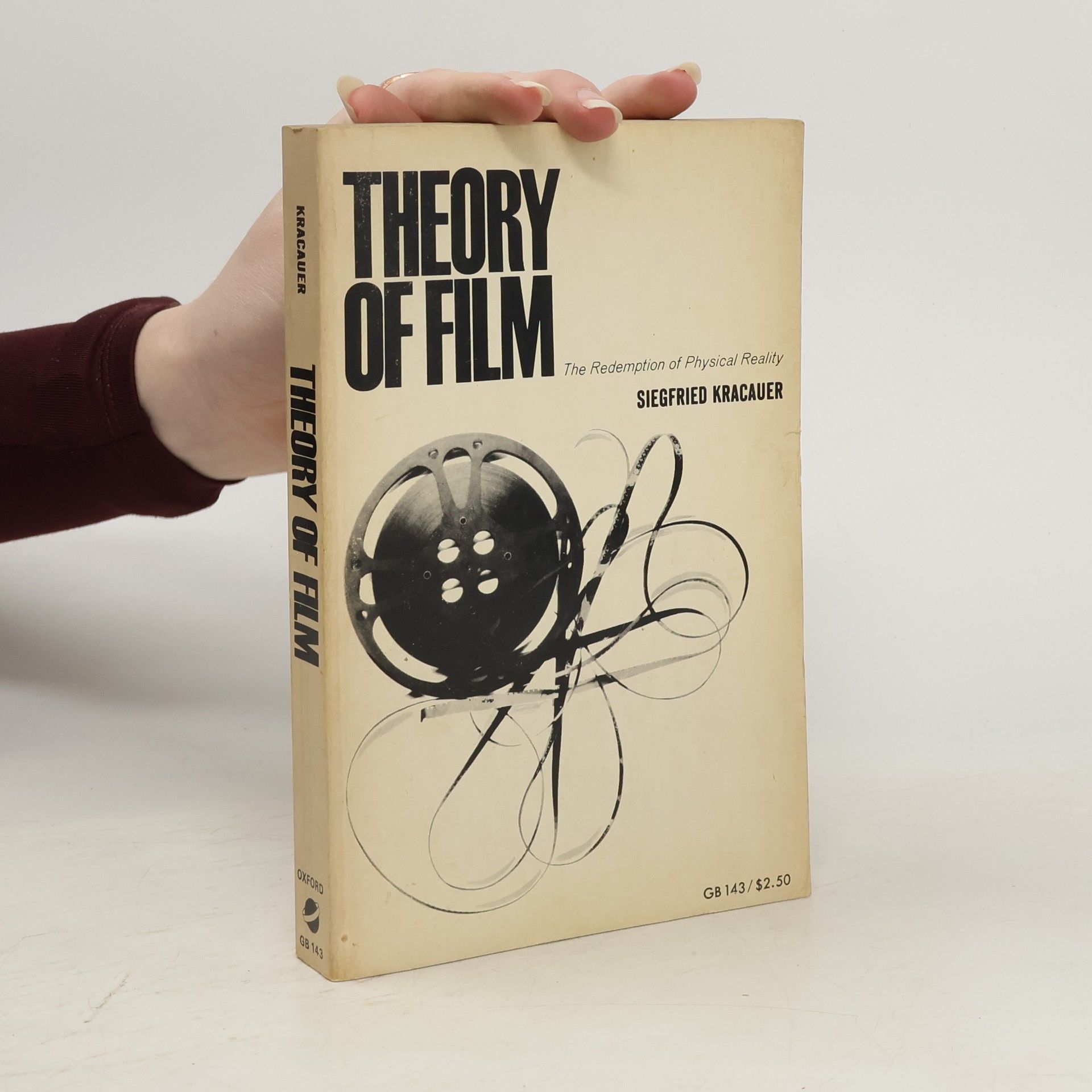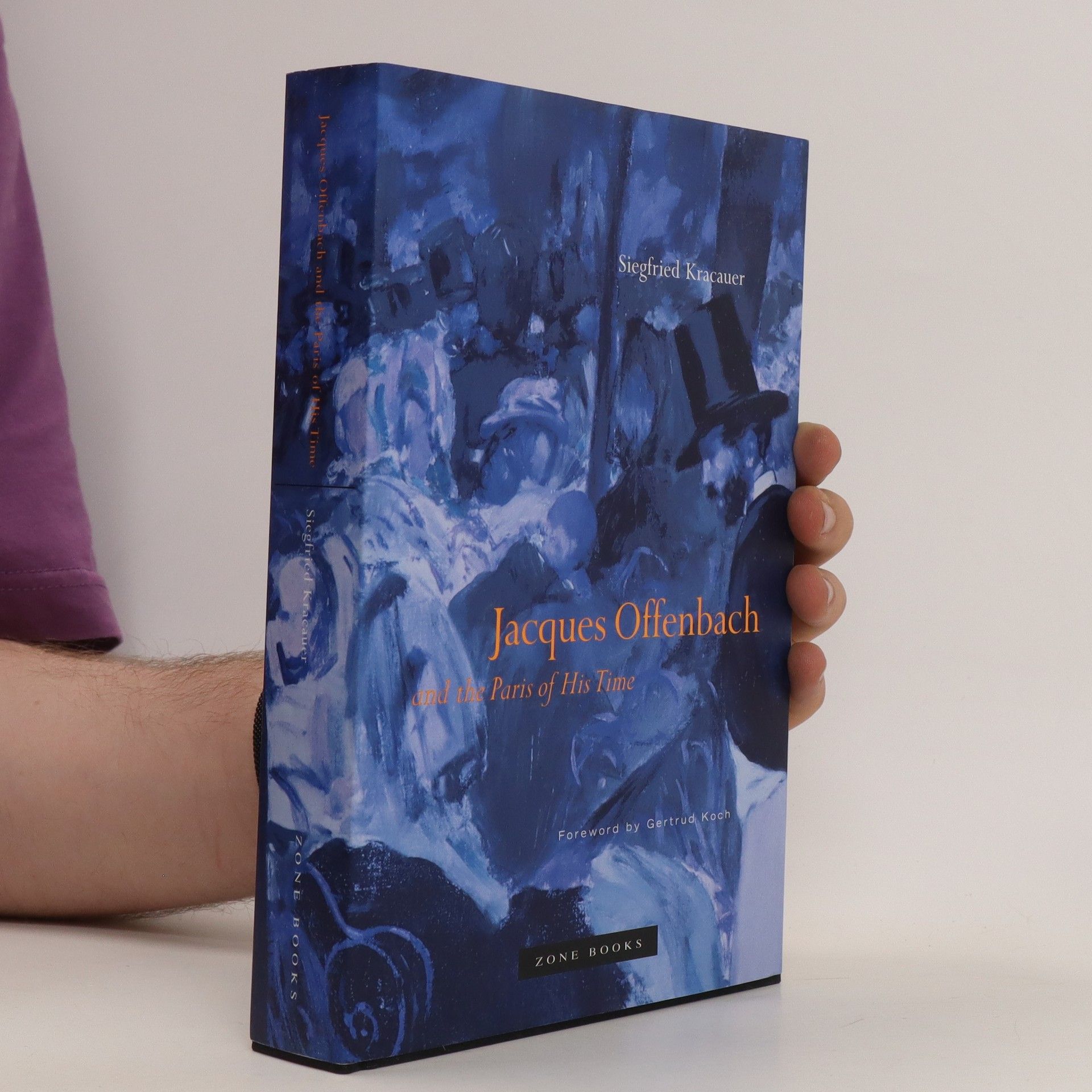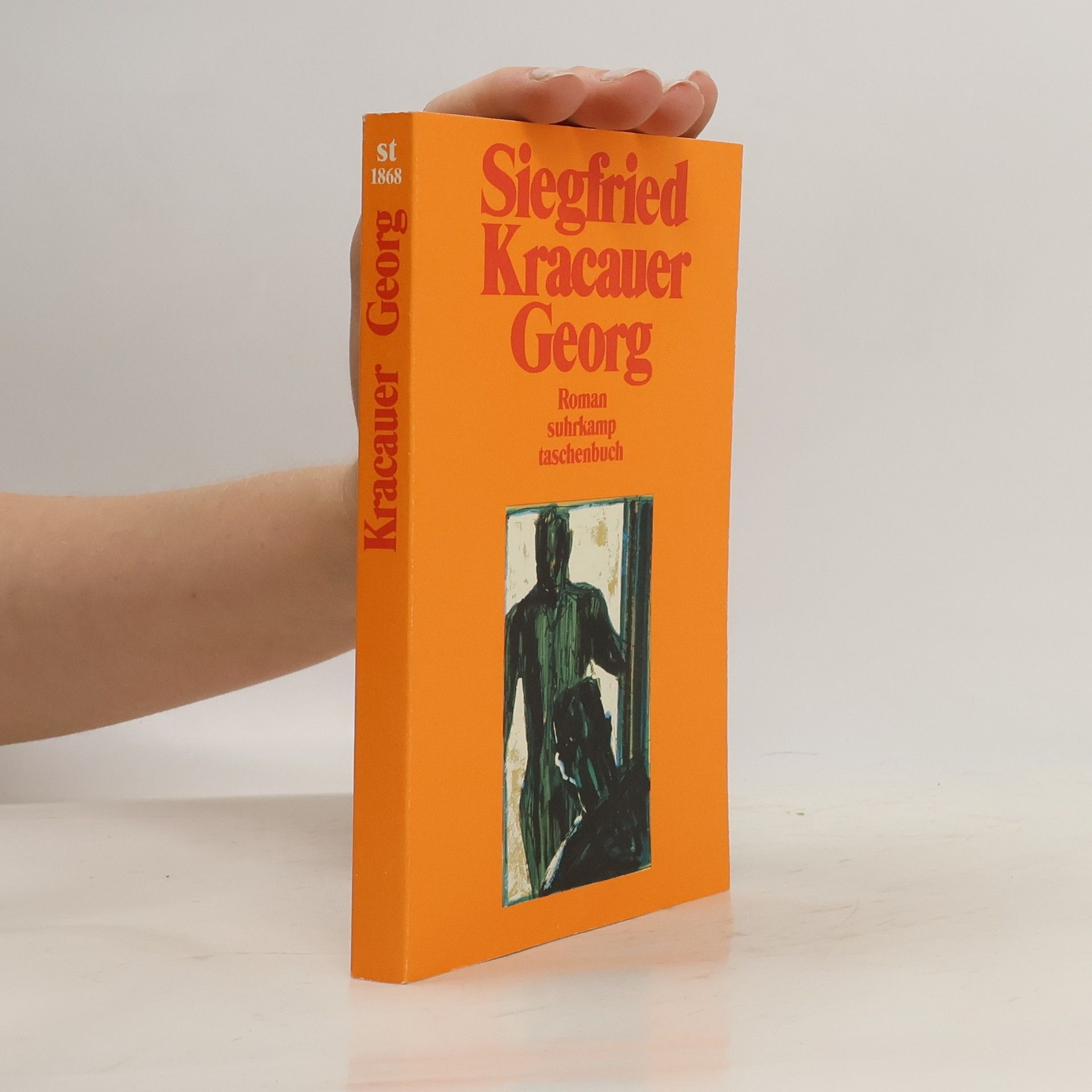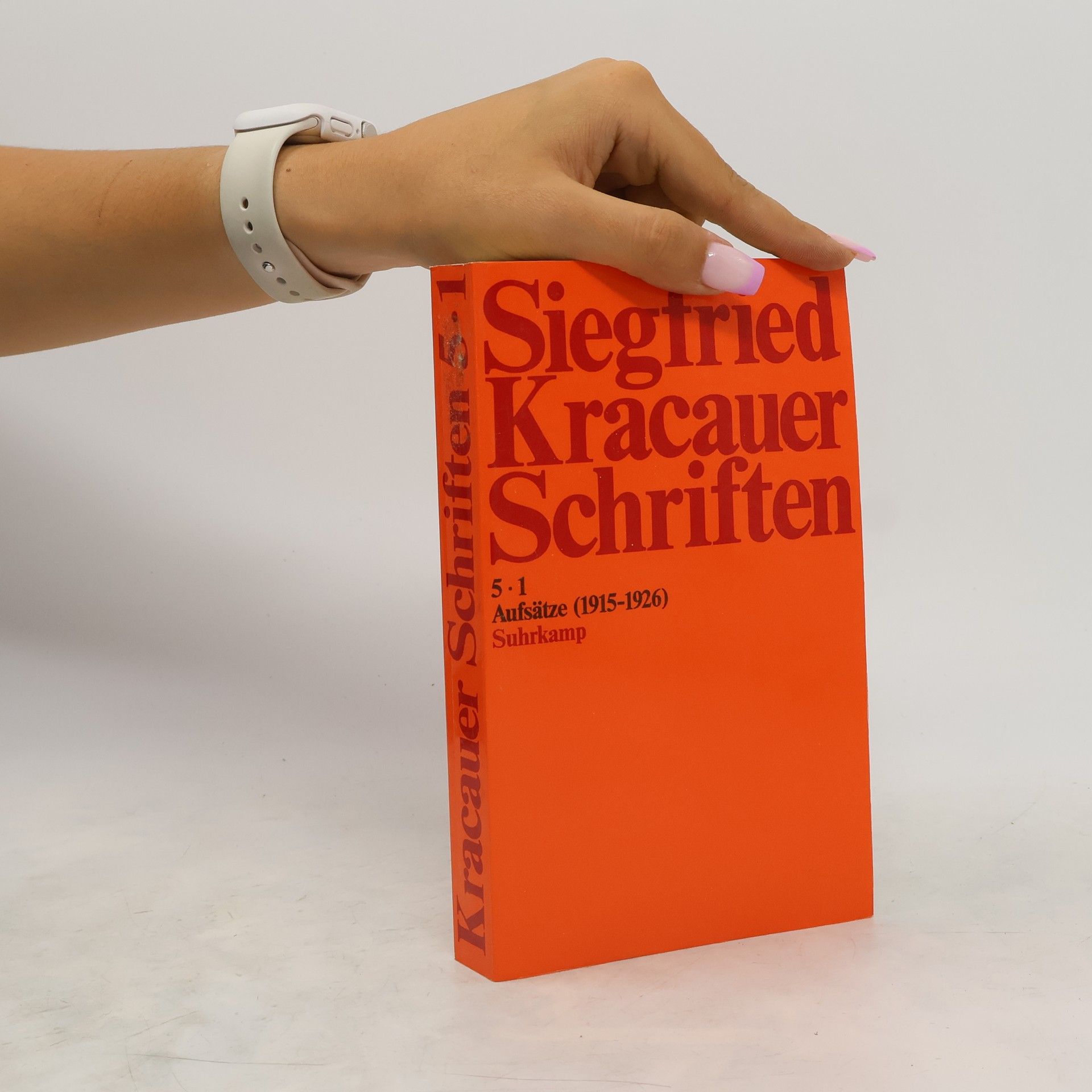Zaměstnanci: Z nejnovějšího Německa
- 196 pages
- 7 hours of reading
Titul vyšel poprvé v Německu v roce 1930 a již následující rok byl přeložen do češtiny. Autor zde popisuje proletarizaci a ideologické „bezdomovectví“ zaměstnanců. Na základě rozhovorů a příkladů analyzuje pozici zaměstnanců mezi industrializovanou prací, městským prostředím a zábavní kulturou. Autor se ke „kultuře zaměstnanců“ staví kriticky, negativně hodnotí úniky z každodenního života prostřednictvím kultury a sportu, které podle něj vedou k potlačování reality.






